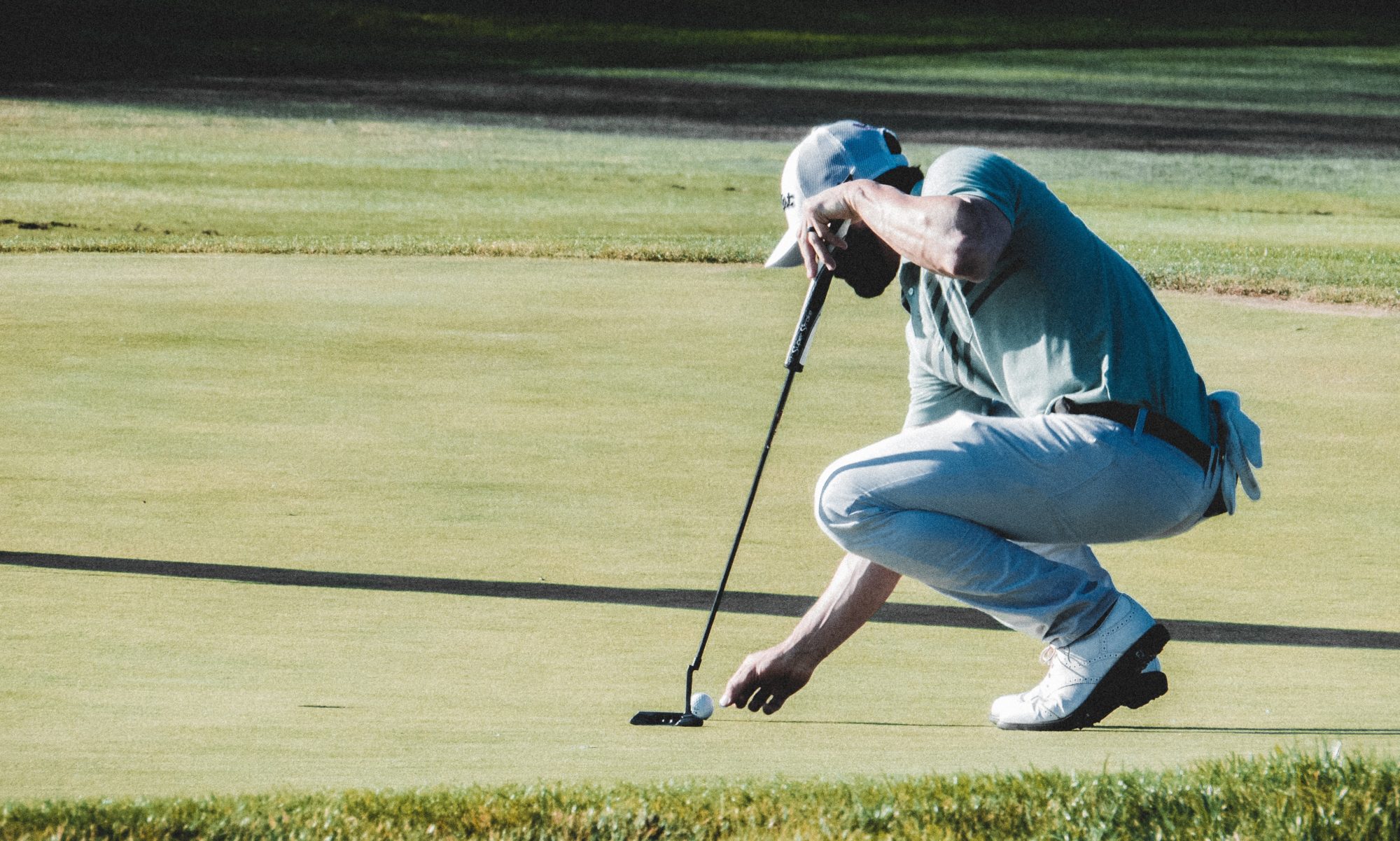
Photo: Courtesy The PGA of America
The right golf instructor can make a world of difference in your golf game.
By John Kim
PGA.com
I originally wrote this article in 2003. With 11+ years of advancement in technology, communication, and business, I felt it was time to revise the original article and provide a look at some factors that should help influence you in one direction or another when deciding who you choose to help you reach your potential as a golfer.
The process is still as unique as your fingerprint, based upon who you are as well as what level you want to accomplish. And the process is still comparable to choosing the best doctor to diagnose and treat you for an illness or decease. There are certain questions you would ask your doctor and certain things you would require from your doctor that will allow you feel comfortable with your treatment plan. You should ask similar questions and expect similar services from your golf instructor before investing your time and money improving your game.
Compatibility – It is your responsibility to insure that there is a fit between you and your instructor on all levels regarding personality type, mutual goals, are your beliefs similar about the game and how it should be played, as well as your instructor’s ability to relate to your individual needs. 11 years ago, the communication vehicles and methods we now have access to did not exist, and now have to be part of the compatibility side of choosing the best golf instructor for you. Does the instructor use modern methods of communication that provides you instant feedback and contact with your instructor? Or is the instructor still using antiquated forms of communication and not replying to his or her clients request for contact and follow-up?
Find a PGA Instructor near you
Before throwing a dart in the phone book under “golf instruction,” research the professionals in your area. One way is to ask your friends and playing partners for referrals of good instructors in your area they have used. Ask them about pricing, reputation, location, and their improvement under the instructor’s tutelage. Also ask about the instructor’s use of technology and how good is the instructor at delivering timely communication to you in a personal way. Chances are if you get along with your playing partners and the instructor does too, the instructor(s) they use may be a good fit for you too. Call the instructor and ask if he or she has some time to get to know you by phone or if you can come by and watch a lesson. A good instructor will be happy to talk to you about your game, get to know you as an individual, as well as allow you to peak into a lesson prior to helping you with your golf game.
Accreditation and Experience – Does your golf instructor have the education and experience to take your game to any level you desire? Many individuals claim to be golf instructors. Many of these individuals are self-proclaimed “experts,” or had enough money to take a one to two week course on how to teach golf and make more money. 11 years later, I will not back down from this statement that caused the most commotion about the original article. I will tell you some of the organizations that accredit golf instructors have upped their games and are providing improved educational opportunities for those who are not wanting to become PGA or LPGA Members. These companies are still ultimately out to make money the easiest way they can and at their lower levels of accreditation allow substandard instructors to promote themselves under their brands.
But you can not get any better golf instruction than from a Member of the PGA or LPGA. The programs these men and women complete are intense, include first-hand experiences over a longer course of time, and are constantly required by the organizations to re-educate themselves on a regular basis.
When seeking a golf professional to help you with your game, insure that the individual has an active accreditation with the PGA or LPGA, or another accreditation association that places more value on education over a longer period of time, versus just a couple of weeks of training. Be sure the instructor is remaining active in the association he or she belongs to and is constantly educating themselves on the latest innovations of technology and instructional methodology. And most important is to be sure that the instructor has a history of creating positive results for the clients he or she serves. No matter what affiliation of accrediting association the instructor is part of, asking for and receiving references from the instructor is a great way to confirm if this is the instructor for you.








